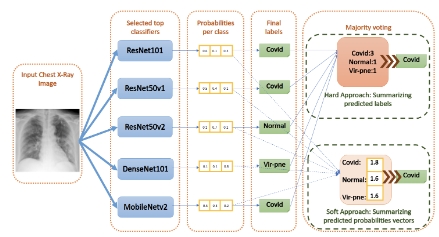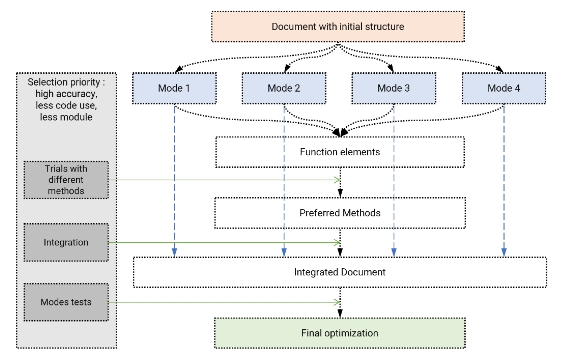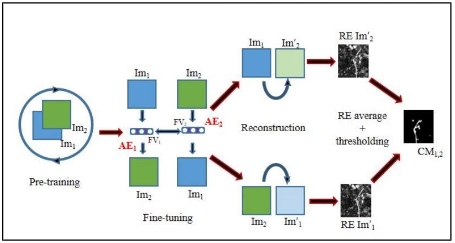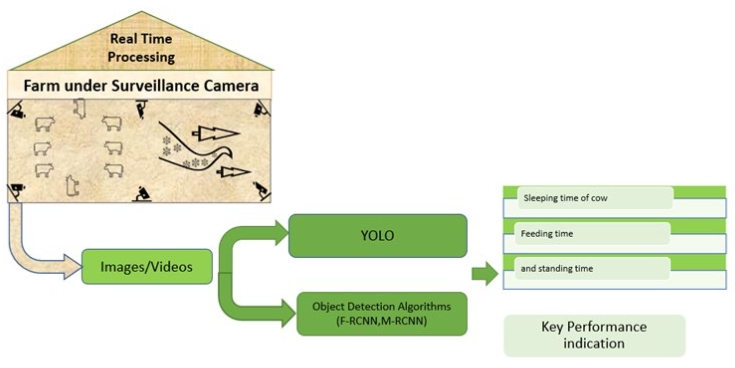Harnessing artificial intelligence (AI) for cybersecurity: Challenges, opportunities, risks, future directions
Abstract
The integration of artificial intelligence (AI) into cybersecurity has brought about transformative advancements in threat detection and mitigation, yet it also introduces new vulnerabilities and potential threats. This research exploration systematically investigates the critical issues surrounding AI within cybersecurity, focusing on specific vulnerabilities and the potential for AI systems to be exploited by malicious actors. The research aims to address these challenges by swotting and analyzing existing methodologies designed to mitigate such risks. Through a detailed exploration of modern scientific research, this manuscript identifies the dual-edged impact of AI on cybersecurity, emphasizing both the opportunities and the dangers. The findings highlight the need for strategic solutions that not only enhance digital security and user privacy but also address the ethical and regulatory aspects of AI in cybersecurity. Key contributions include a comprehensive analysis of emerging trends, challenges, and the development of AI-driven cybersecurity frameworks. The research also provides actionable recommendations for the future development of robust, reliable, and secure AI-based systems, bridging current knowledge gaps and offering valuable insights for academia and industry alike.
References
[1]Schatz D, Bashroush R, Wall J. Towards a More Representative Definition of Cyber Security. The Journal of Digital Forensics, Security and Law. 2017; 12(2): 1558-7215. doi: 10.15394/jdfsl.2017.1476
[2]Stevens T. Global Cybersecurity: New Directions in Theory and Methods. Politics and Governance. 2018; 6(2): 1-4. doi: 10.17645/pag.v6i2.1569
[3]Misa TJ. Computer Security Discourse at RAND, SDC, and NSA (1958-1970). IEEE Annals of the History of Computing. 2016; 38(4): 12-25. doi: 10.1109/mahc.2016.48
[4]Stoneburner G, Hayden C, Feringa A. Engineering Principles for Information Technology Security (A Baseline for Achieving Security), Revision A. National Institute of Standards and Technology; 2004. doi: 10.6028/nist.sp.800-27ra
[5]Yost JR. The Origin and Early History of the Computer Security Software Products Industry. IEEE Annals of the History of Computing. 2015; 37(2): 46-58. doi: 10.1109/mahc.2015.21
[6]Nicole P. How the U.S. Lost to Hackers. The New York Times; 2021.
[7]Computer Security and Mobile Security Challenges. Available online: https://www.researchgate.net/publication/298807979_Computer_Security_and_Mobile_Security_Challenges (accessed on 20 June 2024).
[8]Multi-Vector Protection Securing users and devices across all stages of a malware attack. Available online: https://www-cdn.webroot.com/4415/0473/1276/WSA_Multi-Vector_Protection_WP_us.pdf (accessed on 20 June 2024).
[9]What is a Phishing Attack? Defining and Identifying Different Types of Phishing Attacks. Available online: https://www.digitalguardian.com/blog/what-phishing-attack-defining-and-identifying-different-types-phishing-attacks (accessed on 20 June 2024).
[10]Bendovschi A. Cyber-Attacks—Trends, Patterns and Security Countermeasures. Procedia Economics and Finance. 2015; 28: 24-31. doi:10.1016/S2212-5671(15)01077-1
[11]Lebo H. The UCLA Internet Report: Surveying the Digital Future. UCLA Center for Communication Policy; 2000. pp. 1-55.
[12]Buchanan BG. A (Very) Brief History of Artificial Intelligence. AI Magazine. 2005; 26(4): 53-60. doi: 10.1609/aimag.v26i4.1848
[13]Kurzweil R. AI Set to Exceed Human Brain Power. CNN; 2006.
[14]Feigenbaum EA, McCorduck P. The Fifth Generation: Artificial Intelligence and Japan’s Computer Challenge to the World. Addison-Wesley; 1983.
[15]Haugeland J. Artificial Intelligence: The Very Idea. MIT Press; 1989.
[16]NRC. Developments in Artificial Intelligence. National Academy Press; 1999.
[17]Newell A, Simon HA. GPS: A Program that Simulates Human Thought. In: Feigenbaum EA, Feldman J (editors). Computers and Thought. McGraw-Hill; 1963.
[18]Newquist HP. The Brain Makers: Genius, Ego, And Greed in the Quest for Machines That Think. Mac-millan/SAMS; 1994.
[19]Tversky A, Kahneman D. Judgment under uncertainty: Heuristics and biases. In: Science. Cambridge University Press; 1982. pp. 1124-1131.
[20]Kaplan A, Haenlein M. Siri, Siri, in my hand: Who’s the fairest in the land? On the interpretations, illustrations, and implications of artificial intelligence. Business Horizons. 2018; 62(1): 15-25. doi: 10.1016/j.bushor.2018.08.004
[21]Poole D, Mackworth A, Goebel R. Computational Intelligence: A Logical Approach. Oxford University Press; 1998.
[22]Samuel AL. Some studies in machine learning using the game of checkers. IBM Journal of Research and Development. 1959; 3(3): 210-219, doi:10.1147/rd.33.0210
[23]Luger G, Stubblefield W. Artificial Intelligence: Structures and Strategies for Complex Problem Solving, 5th ed. Benjamin/Cummings; 2004.
[24]Turing AM. Computing Machinery and Intelligence. Mind. 1950; LIX(236): 433-460. doi:10.1093/mind/LIX.236.433
[25]Pearl J. Probabilistic Reasoning in Intelligent Systems: Networks of Plausible Inference. Morgan Kaufmann; 1988.
[26]British Standard Institute. Part 1: Concepts and models for information and communications technology security management. In: Information Technology— Security Techniques—Management of the Information and Communications Technology Security. British Standard Institute; 2004.
[27]Kiountouzis EA, Kokolakis SA. Information Systems Security: Facing the Information Society of the 21st Century. Chapman & Hall, Ltd; 1996.
[28]Vijayan J. New Vulnerability Database Catalogs Cloud Security Issues. Dark Reading; 2022.
[29]David H. Operating System Vulnerabilities. Exploits and Insecurity; 2015.
[30]Most laptops vulnerable to attack via peripheral devices. Available online: http://www.sciencedaily.com/releases/2019/02/190225192119.htm (accessed on 20 June 2024).
[31]Akhtar Z, Rawol A. Uncovering Cybersecurity Vulnerabilities: A Kali Linux Investigative Exploration Perspective. International Journal of Advanced Network, Monitoring and Controls. 2024; 9(2): 11-22. doi:10.2478/ijanmc-2024-0012
[32]Akhtar Z. Securing Operating Systems (OS): A Comprehensive Approach to Security with Best Practices and Techniques. International Journal of Advanced Network, Monitoring and Controls. 2024; 9(1): 100-111. doi: 10.2478/ijanmc-2024-0010
[33]Akhtar ZB. Unveiling the evolution of generative AI (GAI): a comprehensive and investigative analysis toward LLM models (2021-2024) and beyond. Journal of Electrical Systems and Information Technology. 2024; 11(1): 22. doi: 10.1186/s43067-024-00145-1
[34]Akhtar ZB. The design approach of an artificial intelligent (AI) medical system based on electronical health records (EHR) and priority segmentations. The Journal of Engineering. 2024; 2024(4): e12381. doi: 10.1049/tje2.12381
[35]Bin AZ. Artificial intelligence (AI) within manufacturing: An investigative exploration for opportunities, challenges, future directions. Metaverse. 2024; 5(2): 2731. doi: 10.54517/m.v5i2.2731
Copyright (c) 2024 Zarif Bin Akhtar, Ahmed Tajbiul Rawol

This work is licensed under a Creative Commons Attribution 4.0 International License.










